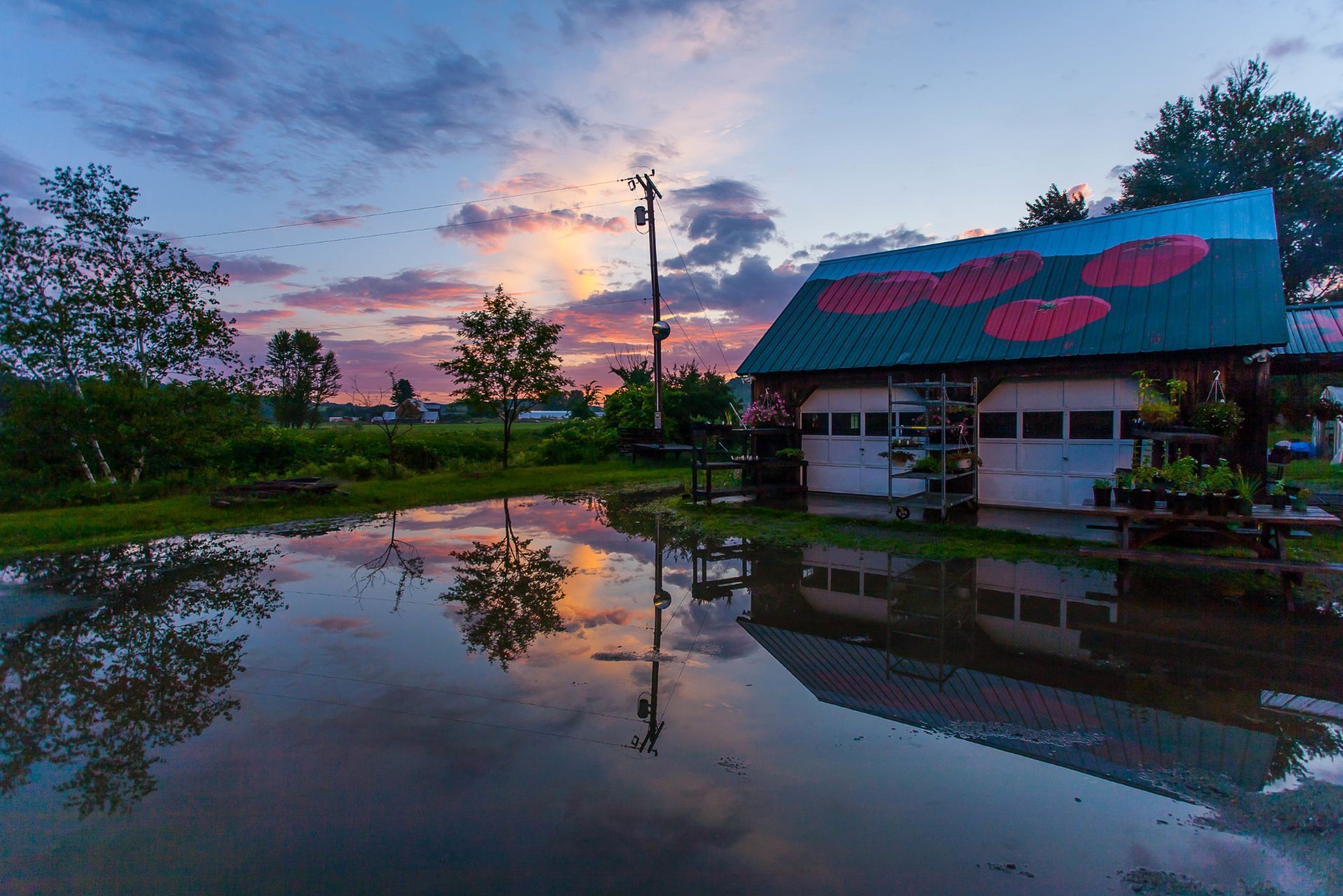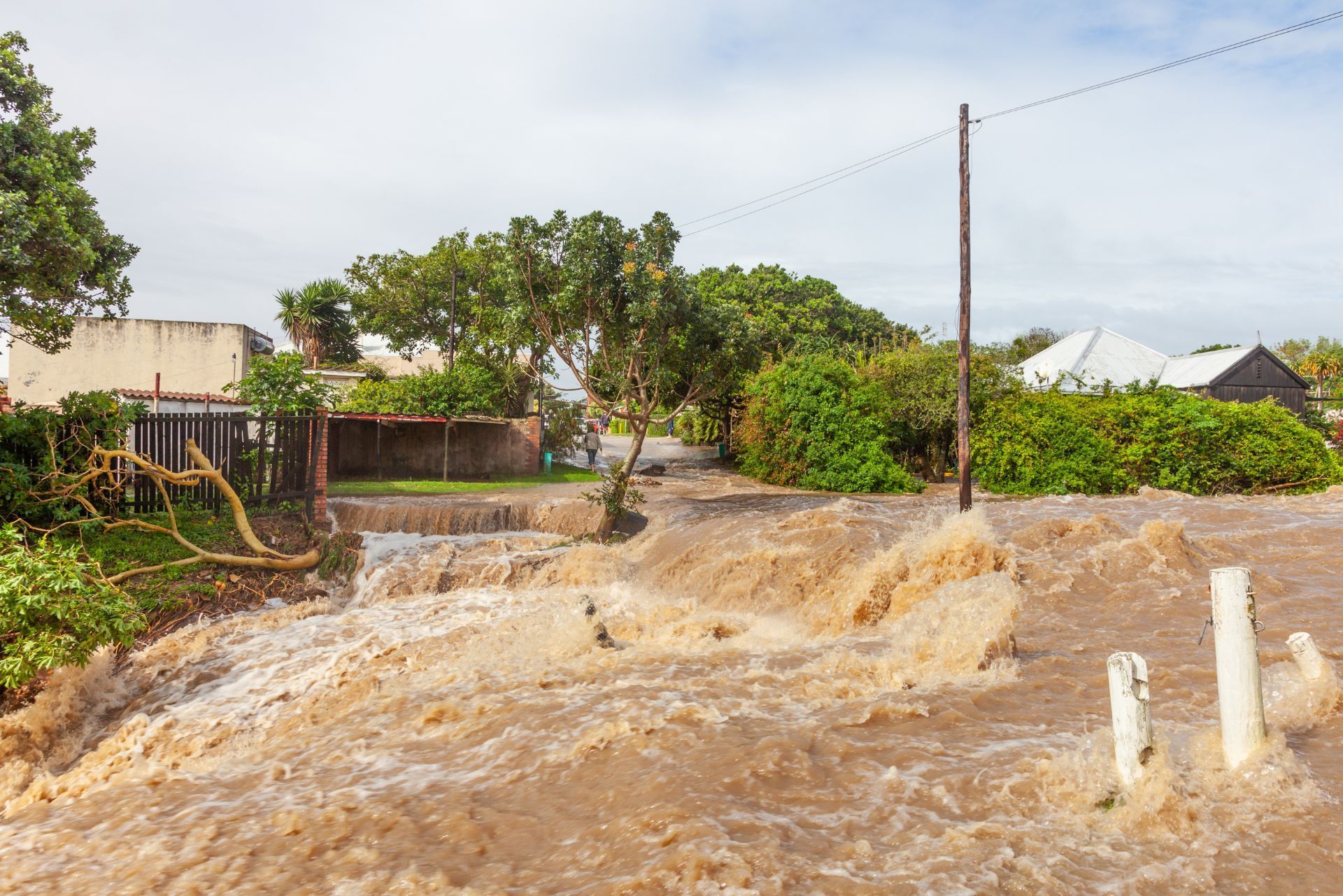Top 3 Recommended Policies

Flooding can be a devastating event, particularly in areas like Colorado, where the terrain and weather patterns can lead to sudden and severe water accumulation. Understanding flood insurance is crucial for homeowners, renters, and businesses in the state. This article will cover everything you need to know about flood insurance in Colorado, including its importance, coverage options, and how to choose the right policy.
Understanding Flood Insurance
Flood insurance is a specialized type of insurance that protects against losses caused by flooding. It is essential for anyone living in a flood-prone area, and Colorado has its share of such regions. The National Flood Insurance Program (NFIP) provides flood insurance to property owners, renters, and businesses, making it a vital resource for those at risk. This program not only offers coverage but also promotes floodplain management practices aimed at reducing future flood risks, highlighting the importance of proactive measures in addition to insurance.
What is Flooding?
Flooding occurs when water overflows onto normally dry land. This can happen due to various reasons, including heavy rain, rapid snowmelt, or dam failures. In Colorado, the mountainous terrain can lead to flash floods, which can occur with little warning. These sudden and intense floods can be particularly dangerous, as they can sweep away vehicles, uproot trees, and cause significant damage to infrastructure. Understanding the nature of flooding is the first step in recognizing the need for insurance, as it can help individuals and communities prepare for and mitigate the impacts of such natural disasters.
The Importance of Flood Insurance
Many people mistakenly believe that their standard homeowners or renters insurance policies cover flood damage. However, most policies do not include flood coverage. This is where flood insurance becomes essential. It provides financial protection against the costs associated with repairing or replacing property damaged by floods. Additionally, flood insurance can cover not only the structure of the home but also personal belongings, ensuring that homeowners can recover more fully from a disaster.
Moreover, flood insurance is often required for homes located in high-risk flood zones, especially if the property has a mortgage backed by a federally regulated or insured lender. Even if a home is not in a designated flood zone, purchasing flood insurance can be a wise decision, as floods can occur anywhere. The peace of mind that comes from knowing you are financially protected can be invaluable, especially in regions where unpredictable weather patterns are becoming more common. Furthermore, understanding the different types of flood insurance policies available, such as the building property and personal property coverage, can help homeowners tailor their insurance to meet their specific needs and risks.

Types of Flood Insurance Coverage
Flood insurance policies typically offer two types of coverage: building property coverage and personal property coverage. Understanding these options can help homeowners and renters make informed decisions about their insurance needs.
Building Property Coverage
This type of coverage protects the structure of the home itself. It includes the physical building and any attached structures, such as garages or decks. Coverage typically extends to the foundation, electrical and plumbing systems, HVAC systems, and built-in appliances.
In Colorado, where many homes are built in unique styles and locations, it is essential to ensure that the building property coverage aligns with the specific needs of the property. For instance, homes built on stilts or those with basements may require additional considerations. Furthermore, homeowners should be aware that certain building materials or construction practices may influence the cost and availability of coverage. For example, homes constructed with flood-resistant materials might qualify for premium discounts, making it beneficial to consult with an insurance agent who understands local building codes and flood risks.
Personal Property Coverage
Personal property coverage protects the belongings inside the home, including furniture, electronics, clothing, and other personal items. This coverage is crucial for renters and homeowners alike, as it ensures that personal possessions are safeguarded against flood damage.
It is important to note that personal property coverage may have limitations on certain high-value items, such as artwork or jewelry. Homeowners and renters should review their policies to understand any exclusions or limitations. Additionally, keeping an inventory of personal belongings can be invaluable when filing a claim, as it provides proof of ownership and helps expedite the claims process. Some insurance providers even offer mobile apps or online tools to assist policyholders in maintaining an updated inventory, making it easier to manage and protect their assets in the event of a flood.
How to Determine Your Flood Risk
Understanding your flood risk is a critical step in assessing your need for flood insurance. The Federal Emergency Management Agency (FEMA) provides flood maps that outline flood zones and risk levels across the country, including Colorado.
FEMA Flood Maps
FEMA flood maps categorize areas based on their risk of flooding. Zones are designated as high-risk (A or V zones), moderate-risk (B or C zones), or low-risk (X zones). Homeowners can access these maps through the FEMA website or local government offices to determine their property's risk level.
In Colorado, certain areas, particularly those near rivers or in mountainous regions, are more susceptible to flooding. Understanding your zone can help you make informed decisions about purchasing flood insurance. Additionally, it’s important to note that flood risks can change over time due to factors such as climate change and urban development, making it essential to stay updated on any changes to flood zone designations.
Local Factors Influencing Flood Risk
While FEMA maps provide a general overview of flood risk, local factors can also influence an area's susceptibility to flooding. These may include topography, drainage systems, and land use. For example, urban development can increase runoff and lead to higher flood risks. Areas with poor drainage may experience more severe flooding during heavy rainfall, while regions with natural wetlands can often absorb excess water and mitigate flooding effects.
It is advisable to consult local authorities or floodplain managers to gain insights into specific risks in your area. They can provide valuable information about past flooding events and any mitigation efforts in place. Furthermore, local environmental conditions, such as soil saturation levels and vegetation cover, can also play a significant role in determining flood risk. Engaging with community resources, such as local environmental groups or neighborhood associations, can offer additional perspectives and strategies for flood preparedness and response.
How to Purchase Flood Insurance in Colorado
Purchasing flood insurance involves several steps, from assessing your needs to finding the right provider. Here’s a guide to help navigate the process.
Assess Your Insurance Needs
Before purchasing flood insurance, it is essential to assess your specific needs. Consider factors such as the value of your home, the contents within it, and your flood risk level. This assessment will help determine the amount of coverage required.
Additionally, evaluate whether you need building property coverage, personal property coverage, or both. This will ensure that you are adequately protected against potential losses. It's also wise to consider the historical flood data for your area, as certain regions in Colorado may be more prone to flooding due to their geographical features or proximity to rivers and lakes. Understanding these risks can further refine your insurance needs and help you make informed decisions.
Finding a Provider
Flood insurance can be purchased through private insurance companies or the NFIP. It is advisable to shop around and compare policies from different providers. Look for companies with a good reputation and experience in flood insurance.
When comparing policies, pay attention to coverage limits, deductibles, and any exclusions. Understanding the fine print can help avoid surprises when filing a claim. Additionally, consider reaching out to local agents who specialize in flood insurance, as they can provide personalized advice based on the unique characteristics of your property and local regulations. They may also have insights into any recent changes in flood zones or insurance requirements that could impact your coverage options.

Cost of Flood Insurance in Colorado
The cost of flood insurance can vary significantly based on several factors, including the property's location, the amount of coverage, and the deductible chosen. In Colorado, homeowners can expect to pay different premiums depending on their flood risk zones.
Factors Influencing Premiums
Several factors influence the cost of flood insurance premiums. These include:
- Location: Properties in high-risk flood zones typically have higher premiums compared to those in low-risk areas.
- Coverage Amount: The more coverage you purchase, the higher the premium will be.
- Deductible: Choosing a higher deductible can lower your premium, but it also means more out-of-pocket costs in the event of a claim.
Average Costs
As of recent data, the average cost of flood insurance in Colorado ranges from $500 to $2,000 per year, depending on the factors mentioned above. However, these figures can fluctuate based on changes in risk assessments and market conditions.
It is essential to obtain quotes from multiple insurers to find the best rate for your specific situation. This can help ensure that you are not overpaying for coverage.
In addition to the basic factors influencing premiums, homeowners should also consider the potential impact of climate change on flood risk. As weather patterns shift and extreme weather events become more frequent, areas previously deemed low-risk may face increased flooding threats. This evolving landscape can lead to rising premiums over time, making it crucial for homeowners to stay informed about their flood risk and adjust their coverage accordingly.
Furthermore, some insurers offer discounts for properties that have taken preventative measures against flooding, such as installing sump pumps or elevating electrical systems. Homeowners who invest in these improvements not only protect their property but may also benefit from reduced premiums, making flood insurance more affordable in the long run. Understanding these nuances can empower homeowners to make informed decisions about their flood insurance needs and financial planning.
Filing a Flood Insurance Claim
In the unfortunate event of a flood, knowing how to file a claim is crucial. The claims process can be straightforward if you are prepared and understand the necessary steps.
Steps to File a Claim
1. **Document the Damage:** Take photos and videos of the damage to your property and belongings. This documentation will be essential when filing your claim. Be sure to capture not only the obvious damages but also any hidden issues, such as waterlogged walls or damaged electrical systems, which may not be immediately visible.
2. **Contact Your Insurance Provider:** Notify your flood insurance provider as soon as possible to start the claims process. They will guide you through the necessary steps. It's advisable to have your policy number handy when you call, as this will expedite the process and help the representative assist you more effectively.
3. **Complete the Claim Form:** Fill out the required claim form provided by your insurer. Be thorough and accurate in your descriptions of the damage. If you have receipts for any damaged items, include those as well, as they can help substantiate your claim and ensure you receive the appropriate compensation.
4. **Meet with the Adjuster:** An insurance adjuster will likely visit your property to assess the damage. Be prepared to provide any additional documentation they may request. During this meeting, it’s beneficial to accompany the adjuster and point out all areas of concern, as this can help ensure nothing is overlooked.
Understanding the Claims Process
The claims process can take time, depending on the extent of the damage and the number of claims being processed. It is important to stay in communication with your insurer throughout the process to ensure that your claim is being handled efficiently. Regular follow-ups can help keep your claim on track and may provide you with updates on timelines and any additional information needed.
Once the claim is approved, funds will be disbursed to help cover the costs of repairs or replacement. Understanding your policy's coverage limits and exclusions will help set expectations for the claims payout. Additionally, be aware that some policies may have a waiting period before coverage kicks in, so reviewing your policy details beforehand can help you navigate any potential delays in receiving funds. Furthermore, consider consulting with a public adjuster if you feel overwhelmed; they can assist in negotiating your claim and ensuring you receive a fair settlement based on the damages incurred.
Common Myths About Flood Insurance
There are many misconceptions surrounding flood insurance that can lead to confusion and inadequate coverage. Addressing these myths can help clarify the importance of flood insurance.
Myth 1: Homeowners Insurance Covers Flood Damage
One of the most common myths is that standard homeowners insurance policies cover flood damage. In reality, most homeowners insurance policies exclude flood damage, making separate flood insurance necessary for protection. This misunderstanding can result in devastating financial consequences for homeowners who believe they are covered. It’s crucial to read the fine print of your insurance policy and consult with your insurance agent to ensure you have the necessary coverage in place. Flood insurance can be obtained through the National Flood Insurance Program (NFIP) or private insurers, providing peace of mind for homeowners.
Myth 2: Flood Insurance is Only for High-Risk Areas
Another misconception is that flood insurance is only necessary for properties located in high-risk flood zones. Flooding can occur in low-risk areas as well, so it is wise for any property owner or renter to consider obtaining coverage. In fact, nearly 25% of flood claims come from properties outside high-risk zones. Weather patterns are changing, and unexpected heavy rainfall or rapid snowmelt can lead to flooding in areas previously deemed safe. Therefore, even if you live in a low-risk area, investing in flood insurance can be a prudent decision to protect your home and belongings.
Myth 3: Federal Disaster Assistance is Enough
Some individuals believe that federal disaster assistance will cover all their losses in the event of a flood. While assistance may be available, it often falls short of covering the full extent of damages. Flood insurance provides a more comprehensive safety net. For example, federal assistance typically comes in the form of loans that must be repaid, whereas flood insurance payouts do not require repayment and can help cover the costs of repairs and rebuilding. Moreover, the application process for federal assistance can be lengthy and complicated, leaving homeowners vulnerable during a time of crisis. Having flood insurance ensures that you have immediate access to funds when you need them most, allowing for quicker recovery and rebuilding efforts.
Conclusion
Flood insurance is a critical component of financial protection for homeowners, renters, and businesses in Colorado. Understanding the types of coverage available, assessing flood risk, and knowing how to navigate the claims process are essential steps in safeguarding property and belongings.
By dispelling common myths and being proactive about flood insurance, residents can better prepare for the unexpected. Whether in a high-risk flood zone or a seemingly safe area, having flood insurance can provide peace of mind and financial security in the face of natural disasters.
For those considering flood insurance, it is advisable to consult with insurance professionals who can provide tailored advice based on individual circumstances. Taking the time to understand flood insurance can make all the difference when disaster strikes.
Contact Us
Phone
Location

